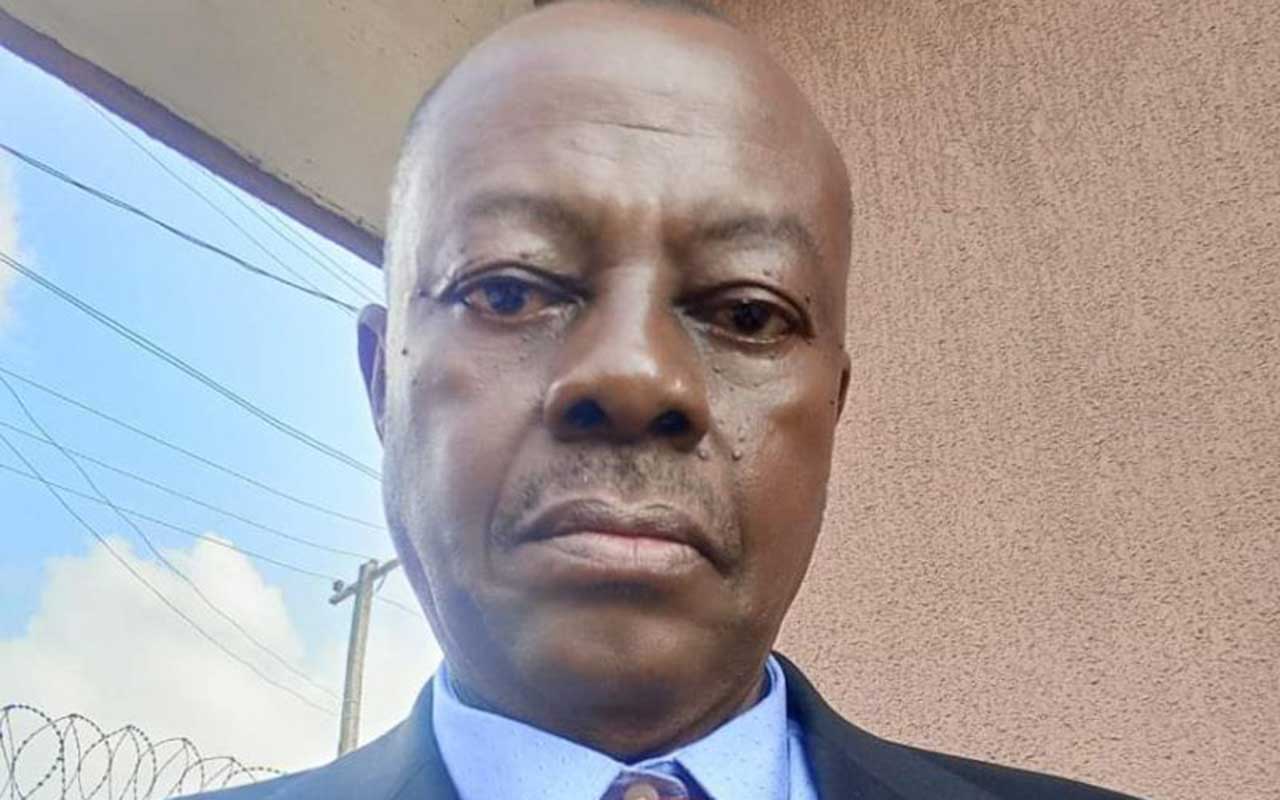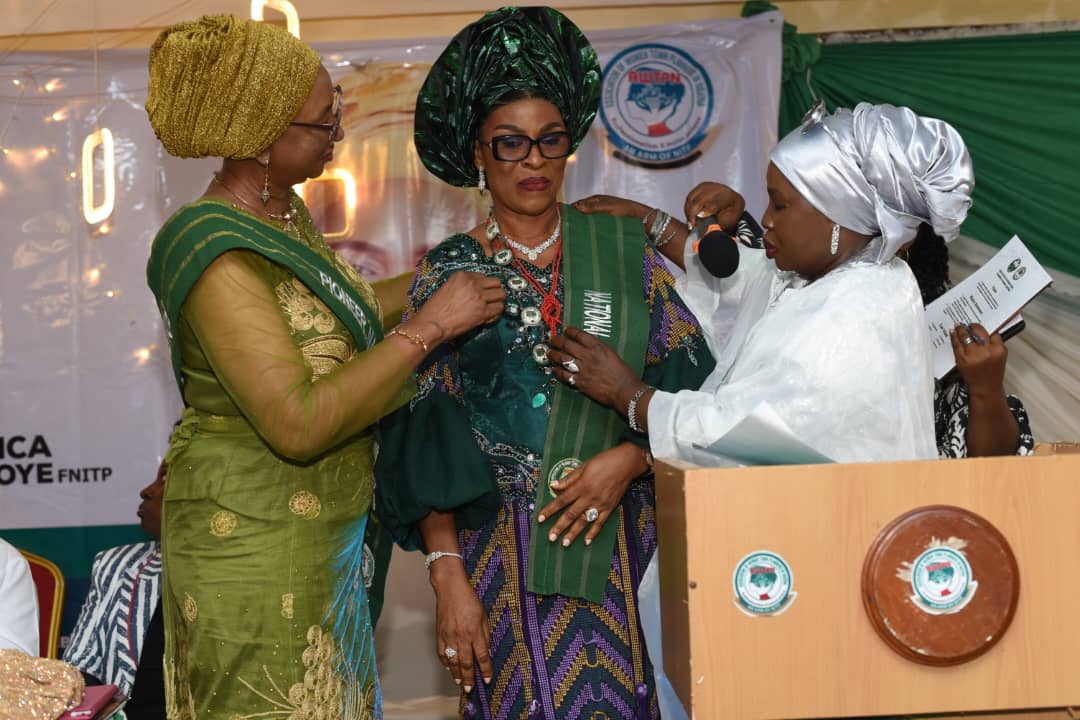
Former president of the Nigerian Institution of Structural Engineers (NIStructE), Dr Victor Oyenuga has emphasised the need for construction experts to design building foundations for structural durability and longevity.
Oyenuga, who spoke on ‘Building Foundations’ at the Association of Real Estate Developers of Lagos State (AREDOLS) yearly meeting in Lagos, noted that such best practices would reduce cases of building collapse.
He said just like any other thing in life foundation is the most important aspect of buildings, stressing that it is only a building that is standing that is considered beautiful.
He pointed out that the functional requirements of foundations are evident and must be founded in part or in whole below the ground level, have direct contact with the soil, strong enough to transmit the loads to the soil while the soil must be strong enough to accept the loads without undue deformations.
According to him, the materials for the foundation must be durable to last the designed life span of the structure and avert untimely collapse.
Oyenuga, who doubles as the Chief Executive Officer of Vasons Concept Consultants Ltd, said key design considerations for foundations should focus on site investigation to determine the soil conditions, type, density, and bearing capacity.
He said this will also enable an assessment of the groundwater levels and potential for water accumulation, as well as provide an opportunity to obtain reports from geotechnical engineers or experts.
He said foundation type selection should be based on soil conditions, building load, and depth to stable soil and site constraints.
He said: “Special foundations are used for unique building requirements or challenging sites. The raft foundation is a good example of this which is used for heavy loads on weak soils. Others include the pneumatic caisson foundation which is used for underwater construction. The eco-friendly foundation is used for sustainable building practices and examples include the Insulated Concrete Form (ICF) Foundation. The choice of foundation type depends on factors which include but are not limited to building design, climate and environmental factors; budget and construction timeline and availability of technology or equipment.”
For environmental considerations, constructability and maintenance in building foundations, he explained that there is a need to assess the potential for water accumulation and design drainage systems. He stated that building experts must also comply with local environmental regulations and guidelines, plan construction sequences to minimise disruptions, ensure safety and design the foundation for durability and longevity considering material selection and protection system.
“Foundations must comply with local building codes, regulations, and standards, and adhere to international standards, such as ACI, AISC, or Eurocode.
Also, there should be collaboration with architects, engineers, and contractors to ensure integrated design, design intent and requirements clearly to stakeholders. By considering these design considerations, a safe, functional, and durable foundation for the building project can be created.”
To ensure constructability and maintenance are properly addressed, he advised practitioners to follow best practices that involve contractors, stakeholders, and maintenance personnel in the design process to ensure constructability and maintenance requirements are met, and create a maintenance plan that outlines regular inspection, maintenance, as well as repair tasks to ensure the foundation’s longevity and performance,” he said.
He further warned that a good concrete building or road or bridge does not only depend on a good designer or clever engineer but depends on good materials, accurate batching, the right amount of water and thorough mixing, as well as a well-placed reinforcement, well-made formwork, careful compacting and good finishing.






